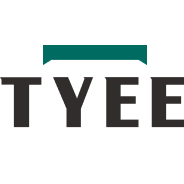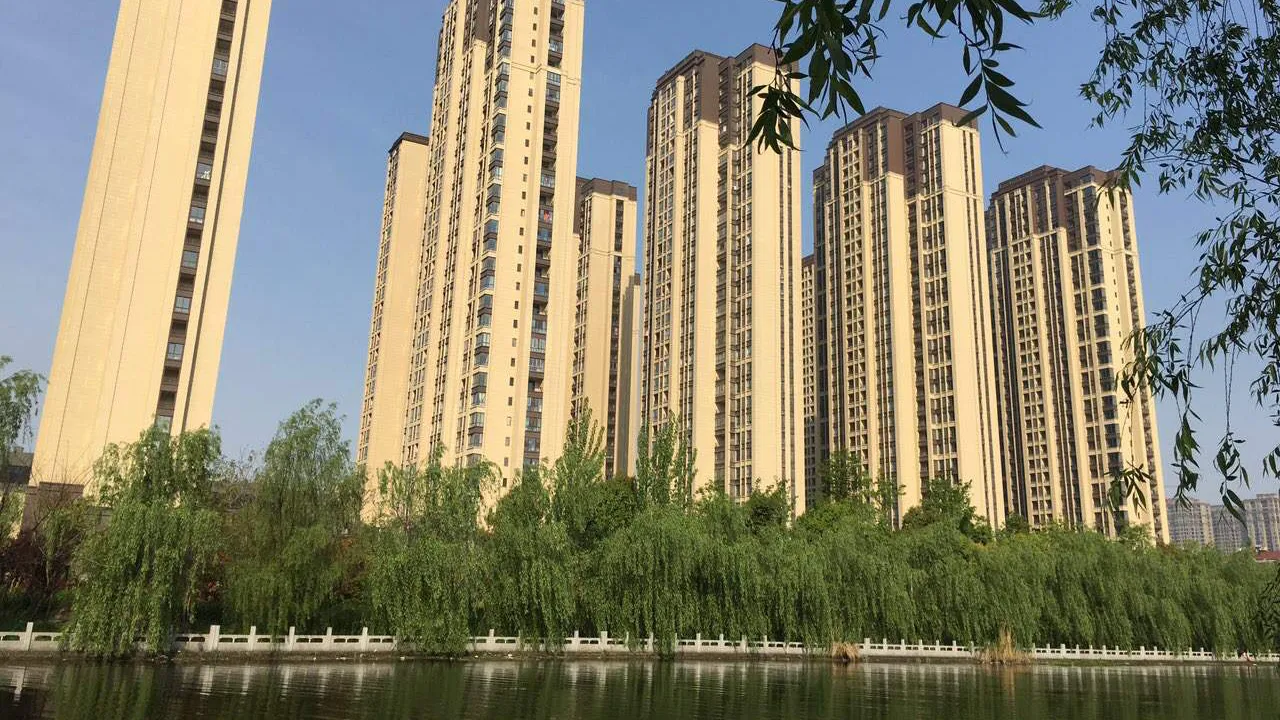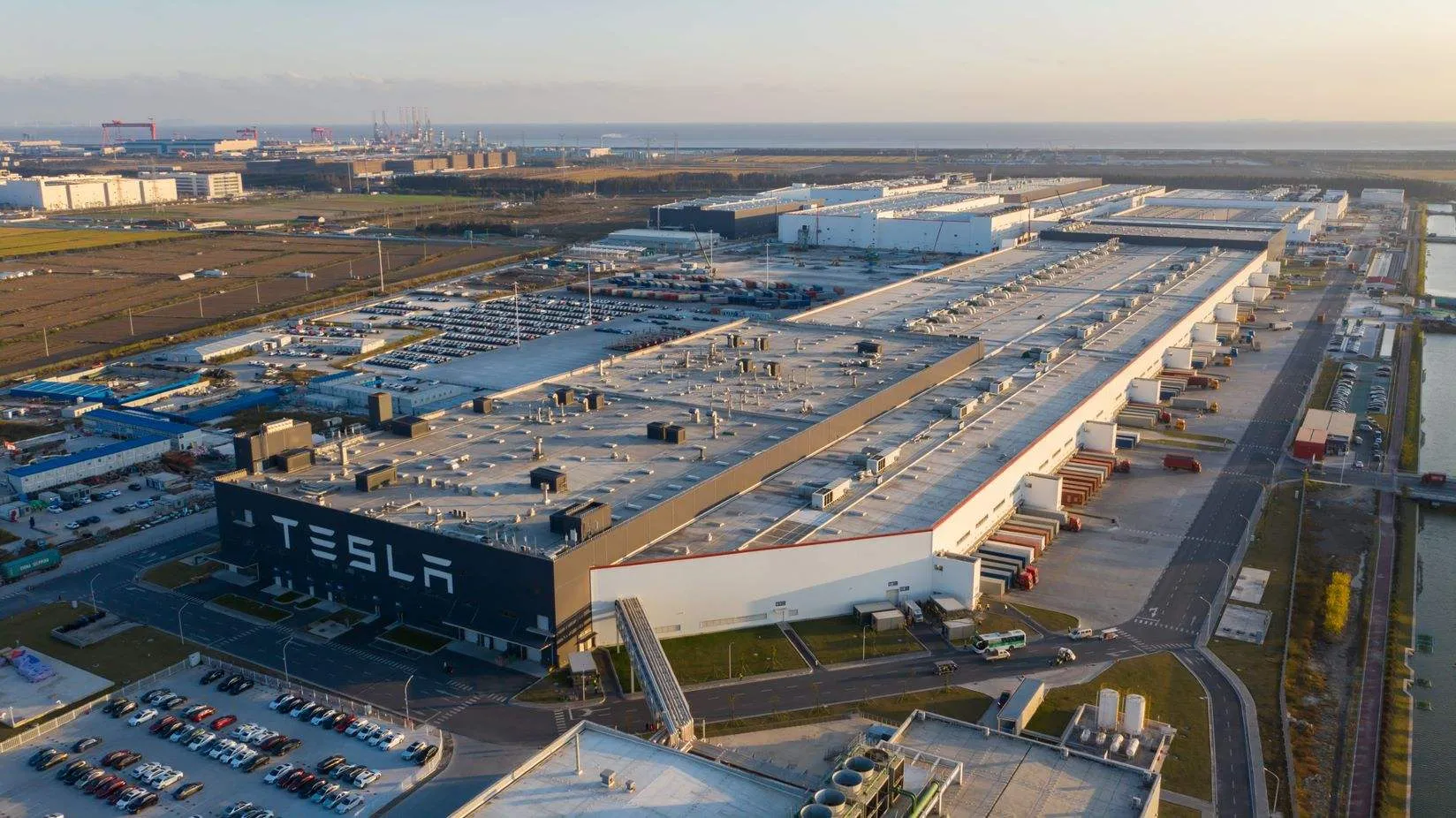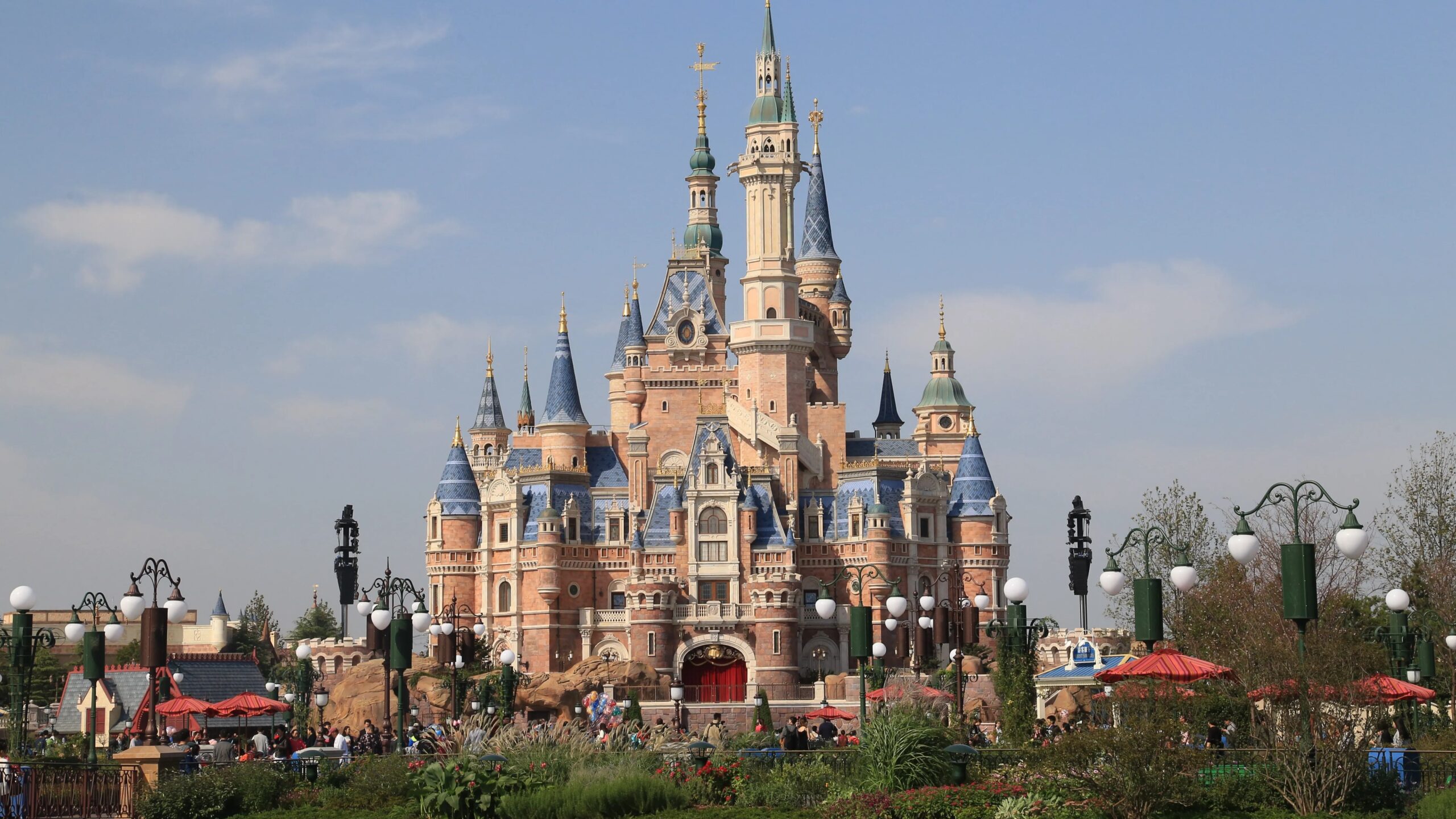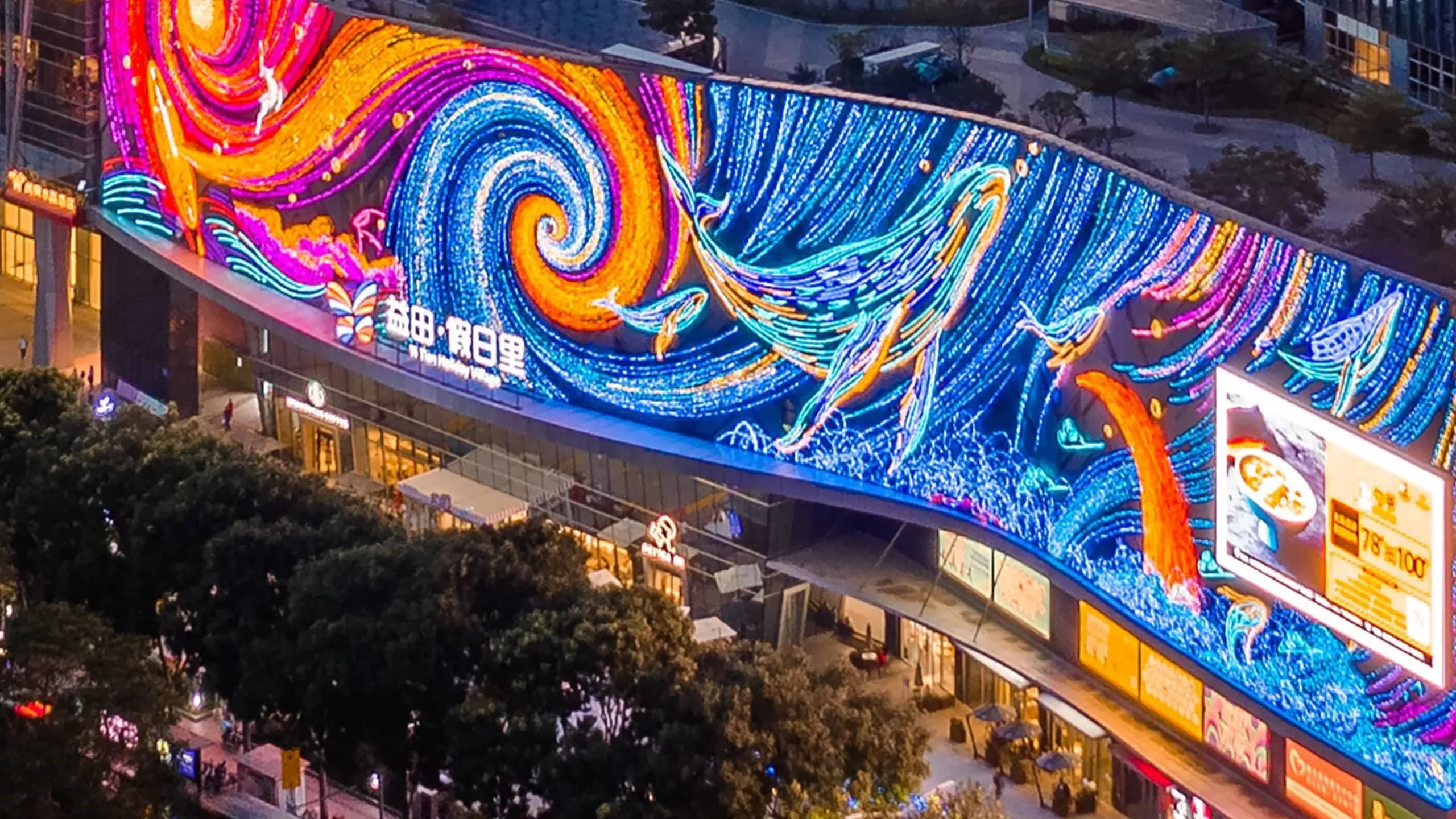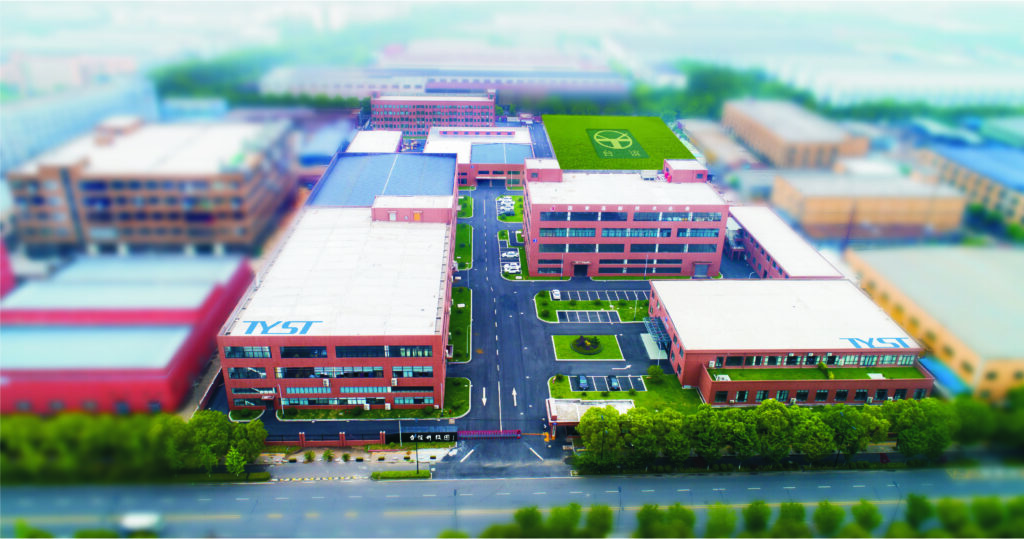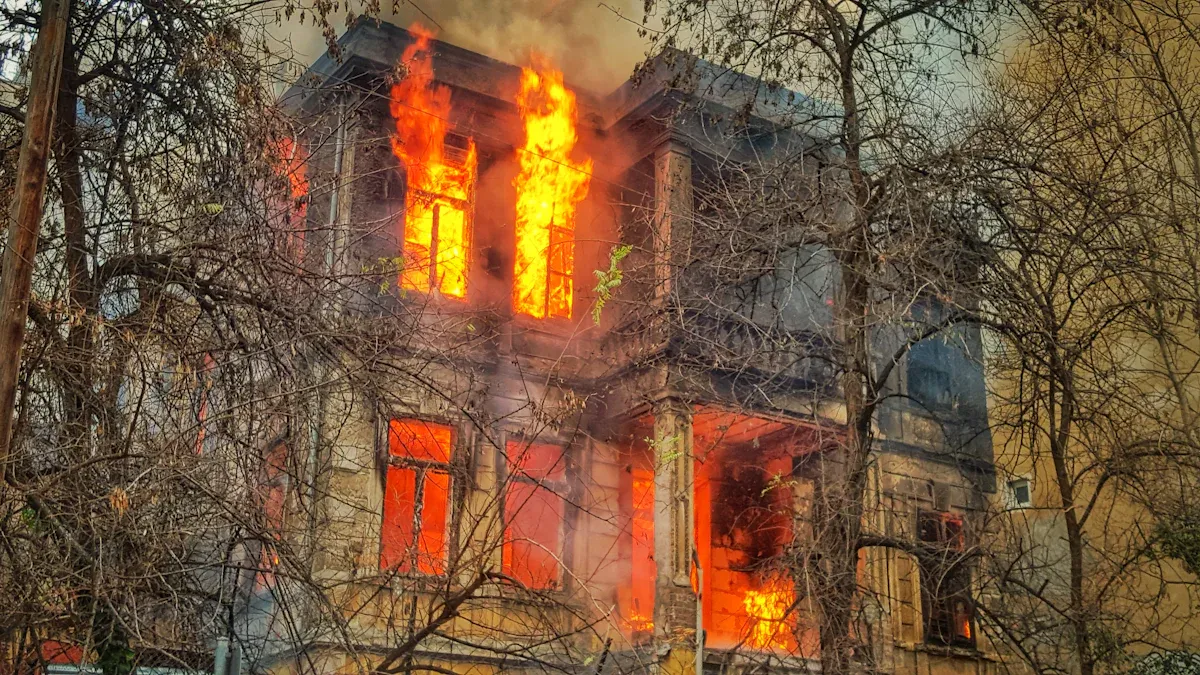
Urban renewal districts can harbor hidden fire hazards that can escalate rapidly into deadly situations. Data from New York City reveals that some neighborhoods experience numerous fires each month, with incidents increasing during cold weather. A rise in heating complaints correlates with a higher frequency of fires. Marginalized communities face elevated risks from these fire hazards. Major disasters like the Camp Fire in California and the Tunnel Fire in Oakland demonstrate how quickly fire hazards can worsen in aging areas. Early identification and mitigation of these risks are crucial. Residents, managers, and planners must all remain vigilant and assess whether their buildings or neighborhoods are vulnerable to such fire hazards.
Key Takeaways
Old buildings in city renewal areas can hide fire dangers. These dangers include bad wiring, gas leaks, and blocked exits. These problems can make fires start and spread fast.
Smart fire safety systems use sensors and alarms. They find problems early and help stop fires from getting bigger. This saves lives and keeps property safe.
Bright emergency lights and exit signs help people get out safely during fires. They work even when smoke or darkness makes it hard to see.
People in the community help by telling managers about dangers. They also help fix problems and make fire safety better.
Making old buildings safer with new fire systems helps protect neighborhoods. Following safety rules stops deadly fires from happening.
Hidden Fire Hazards in Urban Renewal
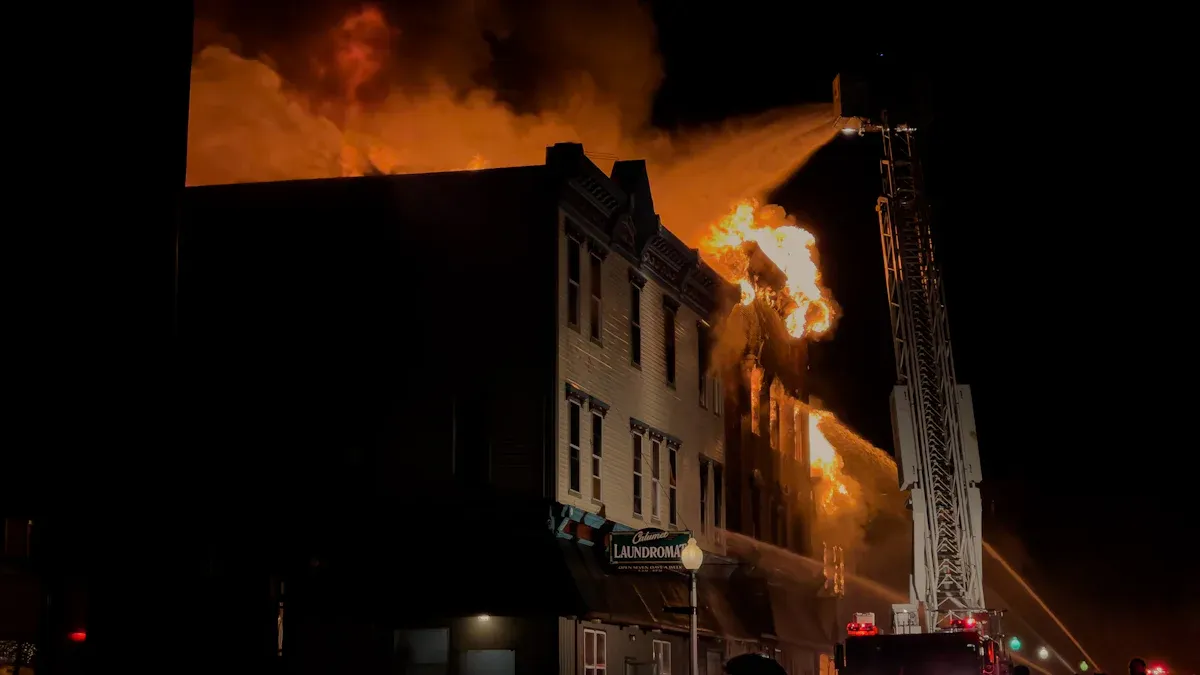
Urban renewal projects help old neighborhoods look new again. But they can also bring hidden fire dangers to people living there. Many of these dangers are not seen until something bad happens. It is important for everyone in these areas to know about these risks.
Electrical Risks
Old buildings in cities often have wiring that is too old for today’s needs. Some places have wires that are broken or circuit breakers that do not work well. Circuits can get too full and become unsafe. Sometimes, people try to fix electrical problems themselves or add new appliances without help. This can make hidden problems that cause things to get too hot or short out. In India, many people died from electrical fires caused by short circuits over five years. This shows how serious the problem is everywhere. Regular checks may not find these problems soon enough.Smart power monitoring systems, like TYEE can quickly detect overloads and electrical faults. They can automatically cut power to affected circuits, helping reduce the risk of fire.
Note: In crowded neighborhoods, charging electric bikes in hallways can block exits and make fires more dangerous.
Gas Appliance Dangers
Broken gas appliances and old pipes are another big danger in these areas. Gas leaks can happen when pipes are old, put in wrong, or have broken seals. Even a small leak can let gas build up inside. If it catches fire, it can explode. Many old buildings have rusty pipes or appliances that have not been checked for a long time. People can make mistakes, like leaving valves open or trying to fix things without training. This makes things even more risky. Gas leaks are often not found until it is too late. Tyee’s gas detection systems use special sensors to find leaks fast. They shut off gas and sound alarms to keep people safe.
Common reasons for gas leaks in old buildings:
Pipes that are rusty or cracked
Appliances that are broken or worn out
Bad installation by workers who are not trained
Pipes damaged during building work
Blocked Exits and Escape Routes
Getting out safely depends on clear exits and halls. In many renewed buildings, halls are full of stuff, bikes, or other things that block the way. These blockages slow people down and can trap them in a fire. Halls that are dark or hard to find make it worse. Old fire alarms may not warn people in time or show them where to go. Tyee’s emergency lights and signs use real-time data to guide people to safety. They use sound and light to help people escape.
Exits are blocked by things like:
People storing things in hallways
Charging electric vehicles inside
Exit doors that are not cared for or are locked
Combustible Materials
Many renewed buildings have things that burn easily. Items on balconies, plastic screens, and flammable building fronts all add to the risk. Long balconies without fire stops let flames move fast between homes. Fires on balconies often need the fire department to stop them. These fires can spread to other places. In factories, stored liquids like oil or kerosene can cause more fires nearby. These materials make fires worse and harder to stop.
Things that burn easily in these areas:
Furniture and decorations on balconies
Plastic screens for privacy
Building fronts that catch fire easily
Chemicals or fuels stored in factories
Structural Issues
Old buildings often have weak spots that make fires spread faster. Bad materials, buildings close together, and crowded spaces help fires move quickly. Many do not have fire-resistant walls or modern alarms. Empty or abandoned buildings make things worse. So do places with landlords who do not care or where rules are not enforced. Without alarms, people may not know about a fire until it is too late. Tyee’s fire alarm and monitoring systems give real-time alerts and help keep watch.
Block Quote:
“Old city areas with weak buildings and poor safety rules have more fires and worse damage. Adding modern fire alarms and detection systems is very important to lower these risks.”
Urban renewal has many good points, but it also brings fire dangers that need to be managed. New solutions like tyee’s smart monitoring, gas detection, and emergency lights help make these neighborhoods safer for everyone.
Assessing Fire Hazards
Risk Indices and Tools
Urban renewal areas need good ways to find fire hazards. Experts use risk indices like the Urban Fire Risk Index (UFRI). These look at things like building age, wiring, weather, and how close buildings are. Teams use mapping and remote sensing to spot risky places. They check data from climate, land shape, and wildfire models. This helps planners pick the best spots for safety upgrades. Inspections and surveys are also important. These tools show where fire dangers might be hiding.
Smart Monitoring Solutions by tyee
New technology helps find dangers before they get worse. Tyee’s smart fire alarms, gas alarms, and cloud tools help watch buildings. These systems use sensors with AI to find smoke, gas, or electrical problems fast. They send alerts to managers and emergency teams right away, even if the power goes out. Tyee’s systems have helped schools and factories in China catch fires early. They guide safe evacuations. The systems work almost all the time and rarely make mistakes. They can stop most electrical fires in homes and keep watch all day and night.
Aspect | Residential System | Commercial System |
|---|---|---|
Installation | Simple, DIY | Expert installation |
Initial Cost | Lower | Higher |
Maintenance Cost | Low (10-year battery) | Medium to high |
System Reliability | Over 99.9% uptime | |
Warranty Return Rate | 0.1% to 0.5% | 0.1% to 0.5% |
Cloud platforms help find fires faster and send alerts. They help responders know where the fire is and guess how it might spread. These features make tyee’s systems a smart pick for urban renewal projects.
Community Reporting
People living in these areas help keep them safe. Community reporting lets residents share things they see, like blocked exits or broken alarms. Local councils and safety groups do home checks and risk reviews. Residents can use websites or apps to report dangers quickly. Videos and checklists teach people what to look for. Trust and talking between residents and managers help more people act. When everyone helps, fire dangers get found and fixed sooner.
Tip: Community reporting helps people learn and can get money for safety upgrades.
Mitigating Fire Hazards
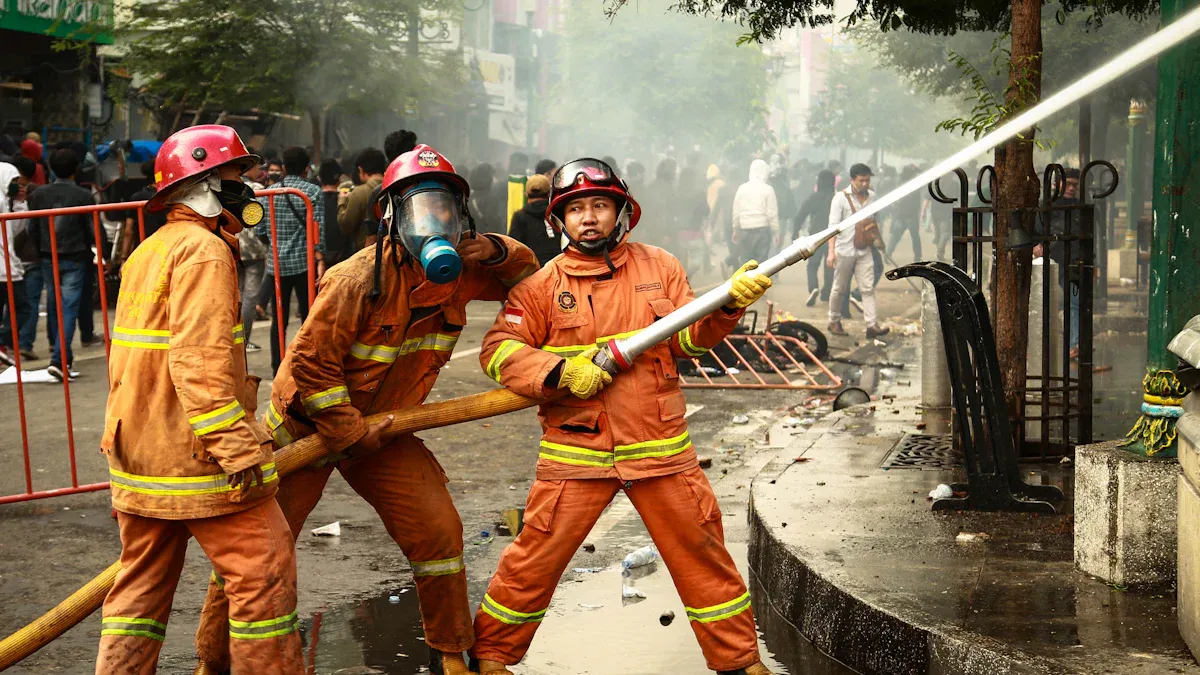
Upgrading Infrastructure
Many old buildings in urban renewal areas need upgrades to be safer. Adding modern fire sprinkler systems helps protect people and property. Insurance companies may give lower rates for buildings with these systems. Owners can pick hidden sprinkler heads or paint pipes to match the inside. This keeps the building looking nice. Using light tubing like PEX or CPVC stops heavy loads on old buildings. Wireless fire alarms are good because they do not need new wires. Planning early with engineers and city officials helps meet safety rules and keep old features. Governments give money and expert help for these upgrades. These changes save money over time and make communities safer and more energy efficient.
Tip: Adding fire safety systems to old buildings saves lives and money in the long run.
Emergency Lighting and Evacuation
Emergency lighting and evacuation systems are very important during fires. Tyee’s Emergency Lighting and Evacuation Indication System uses real-time data to help people get out safely. The system lights up exit paths even if the power goes out. This helps people leave quickly. Studies show that moving exit signs and voice alarms help people escape faster. Tyee’s system gives live updates about the fire, so managers can act fast. Hospitals, airports, and factories have used these systems with good results. The system meets safety rules and works in many kinds of buildings.
Feature | Benefit |
|---|---|
Real-time monitoring | Faster evacuation |
Dynamic exit signage | Clear escape routes |
Voice alarms | Quick response |
Multi-language support | Helps diverse communities |
Policy and Community Engagement
Good rules and active communities help lower fire dangers. Fire departments teach people with workshops, drills, and safety events. These programs build trust and help people learn how to stop fires. When people work together, more risks get reported and more safety upgrades happen. Research shows that teamwork makes neighborhoods safer and stronger. Programs like Firewise Communities and Community Fireguard help people work together and take care of their homes. When residents and local groups work together, fire safety gets better and dangers go down for a long time.
Block Quote:
“When people work together and follow clear rules, neighborhoods get safer because everyone helps prevent fires.”
Real-World Solutions and Case Studies
TYEE Urban Renewal Fire Safety Solution
Tyee’s Urban Renewal Fire Safety Solution uses new technology in old neighborhoods. The system has IoT sensors and AI to find smoke, heat, and gas leaks early. Staff get alerts right away, so they can act fast. Smart detectors help stop false alarms, so people do not leave for no reason. Voice guidance and LED lights show safe ways out, even if there is smoke. Cloud platforms keep safety data and help plan for emergencies later. These tools help people respond faster and reduce fire risks in high-density urban environments, such as residential and commercial areas in regions like Africa and Southeast Asia.
Key features that make tyee special include:
GIS maps show equipment status
Alarms link with video feeds for quick fire checks
Work orders go from finding hazards to fixing them
Circuits can be cut off in milliseconds to stop electrical fires
Water supply is watched and fire alerts come quickly
AI helps manage escape routes and finds gas leaks at home
International Project Example
International examples show how new fire safety tools help urban renewal areas. In African markets like Bamenda Central Market and Kantamanto Market, fires cause big money losses and stress. These markets have fire risks because buildings are close and emergency vehicles cannot get in easily. New ideas suggest making buildings farther apart, taller, and with better roofs. Putting in devices to spot electrical problems and keeping fire trucks ready also helps. Checking and fixing wiring often stops many fires. These changes make markets stronger and lower fire losses.
Lessons for Stakeholders
Property managers, residents, and planners can learn from these real-life solutions:
Property managers should fix old building problems and add new fire systems.
Residents need clear fire signs and exits that are open. Caretakers must check smoke detectors and stop smoking inside.
Fire safety programs should look at social and building issues, not just what one person does.
Urban planners should use fair and safe ways, like anti-bias training and working with the community.
Fire, health, and housing teams must work together. Programs should think about things like fear of losing homes and not enough help for caretakers.
Plans that include social, cultural, and building needs make fire safety better in areas that need help.
Note: Fixing big problems and working together helps lower fire risks and makes communities safer and stronger.
Urban renewal districts have special problems with fire safety. People need to act early to keep everyone safe. Using smart tools like tyee’s systems helps for a long time:
Emergency lights and signs help people leave quickly.
Cloud monitoring gives alerts and helps watch over buildings.
Predictive analytics help plan and lower risks.
It is important for everyone to upgrade safety and work together. Residents and managers can check and improve fire safety in their neighborhoods. This makes places safer for all.
FAQ
What are the most common hidden fire hazards in urban renewal areas?
Old wiring and broken gas appliances can cause hidden fire risks. Blocked exits make it hard for people to get out fast. People sometimes keep things that burn on balconies or in halls. These dangers make fires start and spread more quickly.
How does tyee’s smart fire safety system help prevent fires?
Tyee’s system has sensors and AI to find smoke, gas leaks, and electrical faults. It sends alerts right away and can turn off power or gas. This fast action helps stop fires before they get worse.
Why is emergency lighting important during a fire?
Emergency lighting helps people find the safest way out if smoke or darkness blocks exits. Tyee’s system uses live data to show safe paths. Bright signs and lights help everyone leave faster.
How can residents report fire hazards in their building?
Residents can use apps or websites to report blocked exits or broken alarms. Some places have hotlines or local safety groups to help. Reporting problems quickly lets managers fix them before a fire happens.

